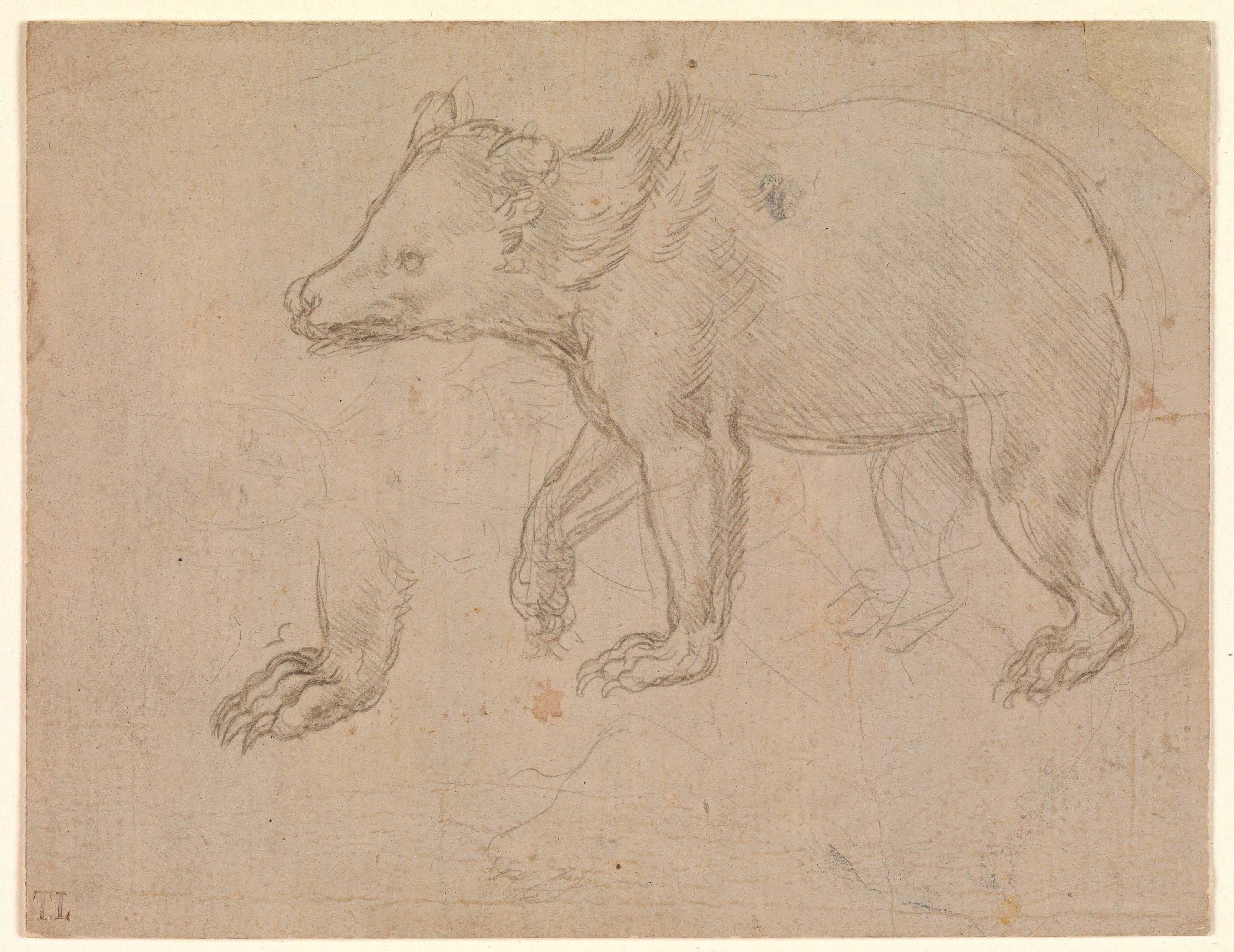Learning how to draw with silverpoint is easier than you think, once you have this advice.

By Sherry Camhy
Silverpoint is just one of several metal points that fit into the bigger category of metalpoint, but most artists pick silver to work with because, unlike the other metals, it tarnishes to a very special, rich, warm tone not possible to achieve in any other way. Therefore, the old masters’ art technique is most often referred to as silverpoint, although the artist or art historian might be more specific and describe the work as metalpoint done with silver, gold, copper, lead, or iron. The only other metal that tarnishes is copper, but it changes unpredictably to green and reddish hues.
A silverpoint or metalpoint stylus looks like a mechanical pencil. It consists of a small piece of metal resembling a piece of graphite in shape — thin, straight, and placed into a holder. It makes marks that at first look like graphite, but the marks need a specially prepared surface to appear, as they will not show up on regular paper.
Silverpoint/metalpoint was the old masters’ pencil before there were graphite pencils. These artists used the medium for delicate, detailed work, and for cartoons under frescos. Today, contemporary artists are exploring the medium because it is now easy to use, in any size and in many subjects, including portrait and still life.

7 Secrets of Silverpoint
1. Silverpoint is simple. If you can draw with a pencil, you can do silverpoint.
2. Can you erase silverpoint? Yes! Erasing is easy. The misconception that silverpoint isn’t erasable is one many artists have, and it sometimes prevents them from trying the medium. Very little silver is needed to do a complete work of art. Erasing the silver is like erasing a line of graphite — the amount lost is not worth mentioning. Bonus: Any eraser will do.
3. The secret to success is the surface. Silverpoint marks are not visible on paper, but they appear like magic on the right surface. The surface needs to have a special combination of chemicals. When this medium originated, this formula was difficult to acquire, difficult to prepare, and difficult to work on. Now, commercial gesso or flat acrylic house paint applied to any size illustration board or wood panel is easy to prepare, easy to erase, easy to draw on.
4. Properly prepared surfaces are available at most art stores, as are clay-coated papers, but some of the papers are too fragile for silverpoint, so avoid erasing. Conveniently, art stores sell prepared surfaces, and any surface gesso-prepared for painting will do. I don’t recommend the clay-coated papers sold for silverpoint, however, because the coating is sprayed on very thinly and an eraser can abrade the surface, exposing the paper underneath. When this happens, the silver marks will no longer show up; so you can take off a mistake but can’t put a correct mark in its place.
5. The old masters struggled creating mysterious gesso formulas to make metalpoint (silver, lead, copper, gold) marks appear on parchment, wood, or fresco walls, but for your surface any commercial gesso or even flat latex house paint can work on any sized watercolor paper, illustration board, or canvas.
6. Silverpoint as a medium is easy to access. Metal points of silver, lead, copper, and gold, and their stylus holders, are affordable and available online. But any sterling spoon, lead nail, copper wire, or gold trinket will work. Simply use the tip of the item and start drawing on your surface!
7. Use any of the following to add color to silverpoint: colored pencil, pastel, pan pastel, egg tempera, gouache, watercolor, mixed media, or oil paint.
Try a portrait, figure, landscape, still life, real, abstract, imagined. Any subject, any size, any color is possible!
About Sherry Camhy: www.sherrycamhy.com
Related: Silverpoint: A Drawing Medium That Remains an Enigma
Featured video of the week:
Michael Mentler: Figure Drawing in the Renaissance Tradition





A great article! The biggest secret of all: it’s FUN! Thanks Sherry
Sherry, this article has opened a new door for me … silverpoint sounds fascinating.
An ancient form of drawing, used by the old masters, has become much less intimidating after reading the simple facts about the medium. Sherry has opened the door for many of us to try a beautiful way to express ourselves. Thank you Sherry!
Ah the secret is out – we cal all create with this most beautiful of mediums and connect with those who came before. Thanks Sherry for making it accessible to us.
This answers a lot of questions about silverpoint, which seemed almost like alchemy. Thanks for the great article!
What a fantastic, explicit article describing the technical qualities of silverpoint. I can attest that Sherry is as great a teacher in person as she is when she writes.
Got to love “Moses”: an inspiring prelude to this inspiring article. Who would have thunk it. I actually can give this a go. How refreshing to know that with a minor expenditure, or none at all , one can attempt to draw as per MA, and use up some left over wooden boards and house paint. There is something seductive about the prospect of making art from left overs. Sherry Camhy is a brilliant teacher who provides the information while inspiring the rebellious to get to work doing an old thing in a new way!
Comments are closed.